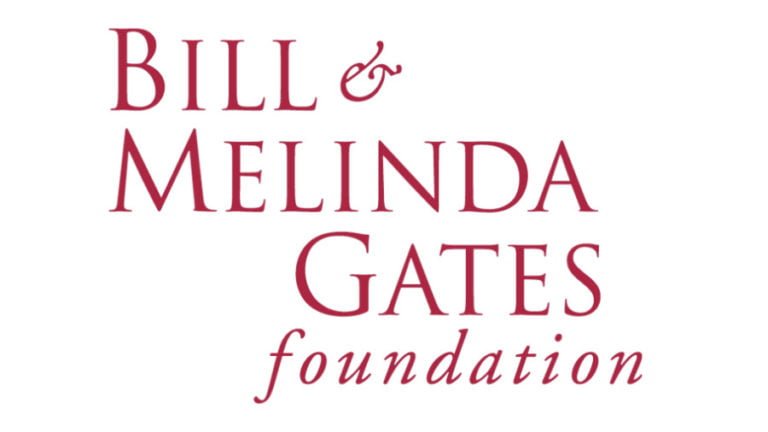The Afghan War: Trump and Putin Battle for Uzbek Support
As the year 2017 ends, the Afghan war is approaching an inflection point. The bloodiest year of the 17-year-old war is about to begin. The pep talk given by US Vice-President Mike Pence at Bagram airbase on Thursday harped on about “victory” and “winning” as the objective of the war. Pence claimed that the US strategy was already “bearing fruit” and “we’ve put the Taliban on the defensive.” But crunch time is coming.
What stood out was the way Pence openly threatened Pakistan. “For too long Pakistan has provided safe haven to the Taliban and many terrorist organizations, but those days are over. President Trump has put Pakistan on notice,” he said.
The big question is how the US can afford to get tough with Pakistan, which controls the transit routes to Afghanistan. Does Trump have a Plan B? Apparently, that’s a work in progress.
On December 19, on the eve of Pence’s surprise trip to Afghanistan, Trump telephoned the President of Uzbekistan Shavkat Mirziyoyev “to discuss regional security and to explore opportunities for improved cooperation.” The White House readout said Trump and Mirziyovev discussed “Uzbekistan’s role in Central Asia, including its support for President Trump’s South Asia strategy and United States’ efforts in Afghanistan.”
The phone call marks a significant overture by Washington, which lacked a coherent Central Asia policy through the past decade. It came a fortnight after Afghan President Ashraf Ghani paid a highly productive visit to Tashkent on December 4-6. Agreements were reached on Uzbek supplies of agricultural and pharmaceutical goods, construction and transport equipment.
Tashkent and Kabul discuss ties, joint projects
Uzbek specialists will be setting up a power line from the Kashkadarya region to Pol-e-Khomri in northern Afghanistan and undertaking a major project to complete a railway line connecting Mazar-i-Sharif with Herat in western Afghanistan via the northern towns of Sheberghan and Maymana.
Significantly, the first regular flights between Kabul and Tashkent in over a quarter century are being scheduled. They will connect to destinations in Europe and America. Afghanistan hopes to open a consulate in Termez in southern Uzbekistan near the Afghan border.
But the highlight of Ghani’s visit was the creation of an Afghan-Uzbek joint commission on regional security. Evidently, a serious effort is underway – under US supervision, of course – to forge an Afghan-Uzbek strategic partnership. In May, Mirziyoyev nominated a special presidential envoy to Afghanistan.
A week after Ghani’s visit, the Uzbek Foreign Ministry announced the creation of a new dialogue format called “C5+1” between the five Central Asian states and Afghanistan “which is intended to be an effective platform for discussing the entire range of regional issues, as well as developing joint measures for peace and sustainable development with the support of the United Nations.”
Only two days after Trump’s phone call to Mirziyoyev, Uzbek Foreign Minister Abdulaziz Kamilov landed in Kabul on a “working visit”. An old warhorse and Afghan hand (who once negotiated with the Taliban regime in Kabul), Kamilov met Ghani, who “reiterated the interest in advancing the Uzbek-Afghan ties in all areas of mutual interest”, according to a statement from Tashkent.
How do these add up?
US bid to recapture influence in Central Asia
It is useful to recall that the six-monthly report by the Pentagon to the US Congress in December singled out that “Central Asia continues to be important for US security interests based on our continued need for access via the Northern Distribution Network. The US must continue steady engagement to maintain our access, support regional sovereignty … and develop closer ties between the Central Asian states and Afghanistan.”
Again, the new National Security Strategy 2017 unveiled by Trump last week pointedly emphasized that “we seek Central Asian states that are resilient against domination by rival powers.” The reference is, beyond doubt, to the two “revisionist powers” in the US’ crosshairs – Russia and China.
All in all, the US’s regional strategy toward Central Asia will principally aim at creating “strategic depth” for land-locked Afghanistan by forging close partnerships with its northern neighbors. At the same time, Washington hopes to revamp the Northern Distribution Network in the new cold-war conditions with Russia in case the US and NATO’s transit routes through Pakistan get closed for some reason, there is a viable alternate arrangement for rotating troops in Afghanistan and bringing in supplies.
Stemming from the above, what emerges is that the Trump administration intends to recapture the high level of influence that the US enjoyed in the Central Asian region until 10 years ago when it suffered the humiliation of eviction from its military bases following combined Russian and Chinese pressure on the regional states.
Washington estimates that the new “reformist” leadership of Mirziyoyev will be receptive to its overture. Indeed, Uzbekistan has a history of taking advantage of big-power rivalry. And Afghan reconstruction offers lucrative business running into hundreds of millions of dollars.
Mirziyoyev is anxious to pay an official visit to the US. Trump hasn’t hosted any leader from the steppes so far. But Trump will expect a reciprocal favor, no doubt. A reopening of the Khanabad airbase as a transit hub for the US forces in Afghanistan is what could gladden Trump’s heart. If that happens, Trump can also double down the notice served on Pakistan to fall in line.
Established powers are loathe to cede strategic space. Moscow has convened an “informal” summit of CIS countries on December 26 to discuss regional security. Mirziyoyev has accepted the Russian invitation. The Central Asian region is poised to witness a new phase of competitive diplomacy.
By M.K. Bhadrakumar
Source: Asia Times







